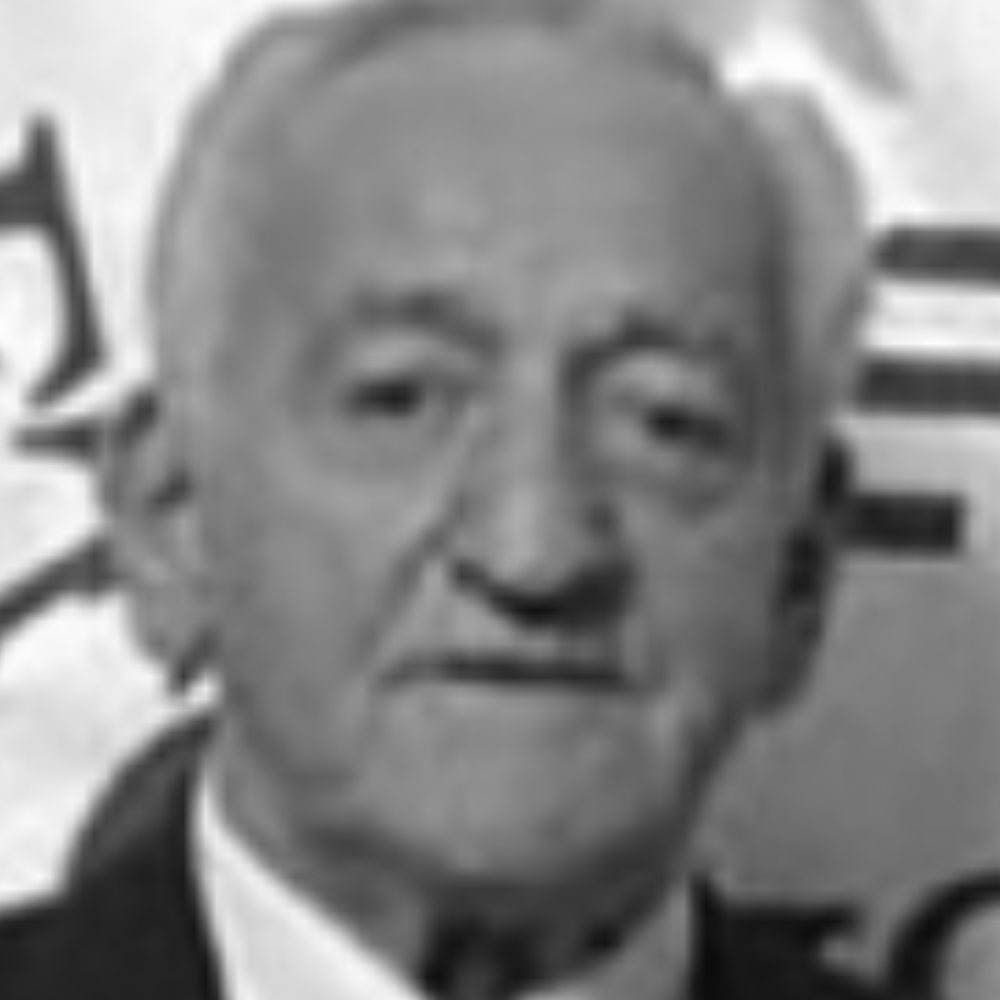Hall of Fame
Inductees
Athlete
Phil Marchildon
Class of 1994
Summary

Biography
Phil Marchildon’s story is one of triumph, both on and off the playing fields, spanning from rural Ontario to Toronto and Philadelphia. Born on October 25, 1913, in the small Georgian Bay community of Penetanguishene, Marchildon’s journey to the Major Leagues was unconventional.
He didn’t start playing organized baseball until high school and spent several years in semi-professional leagues in Ontario before catching the attention of the Philadelphia Athletics in 1940. Despite his unorthodox sidearm delivery, Marchildon proved to be a formidable pitcher, winning 10 games in 1941 and 17 in 1942 for the Athletics.
Remarkably, despite his relatively small stature at 5 feet 11 inches and 170 pounds, Marchildon was able to throw the ball with impressive velocity, reportedly reaching speeds of up to 95 mph. He honed his skills, particularly his fastball and curveball, through countless hours of practice behind the Penetanguishene barber shop.
In 1942, Marchildon’s baseball career was interrupted when he joined the Royal Air Force (RAF) as a tail gunner and was shot down over the English Channel. He was subsequently captured by the Germans and spent time as a prisoner of war in Stalag 13, the infamous camp later depicted in the film “The Great Escape.”
Returning to Canada in 1945, Marchildon faced an uncertain future in baseball, having lost weight and strength during his time as a POW. Determined to resume his career, he spent the winter skiing to strengthen his legs. Remarkably, he made a successful comeback with the Philadelphia Athletics in 1946, winning 13 games and pitching 226 innings.
The following season, 1947, proved to be Marchildon’s best, as he won 19 games while only losing 9. Throughout his career with the Athletics, he amassed a record of 68 wins and 75 losses, with a respectable 3.93 earned run average.
Marchildon’s resilience and dedication to the sport earned him induction into the Canadian Baseball Hall of Fame in 1983, cementing his legacy as one of Canada’s most accomplished baseball players.
